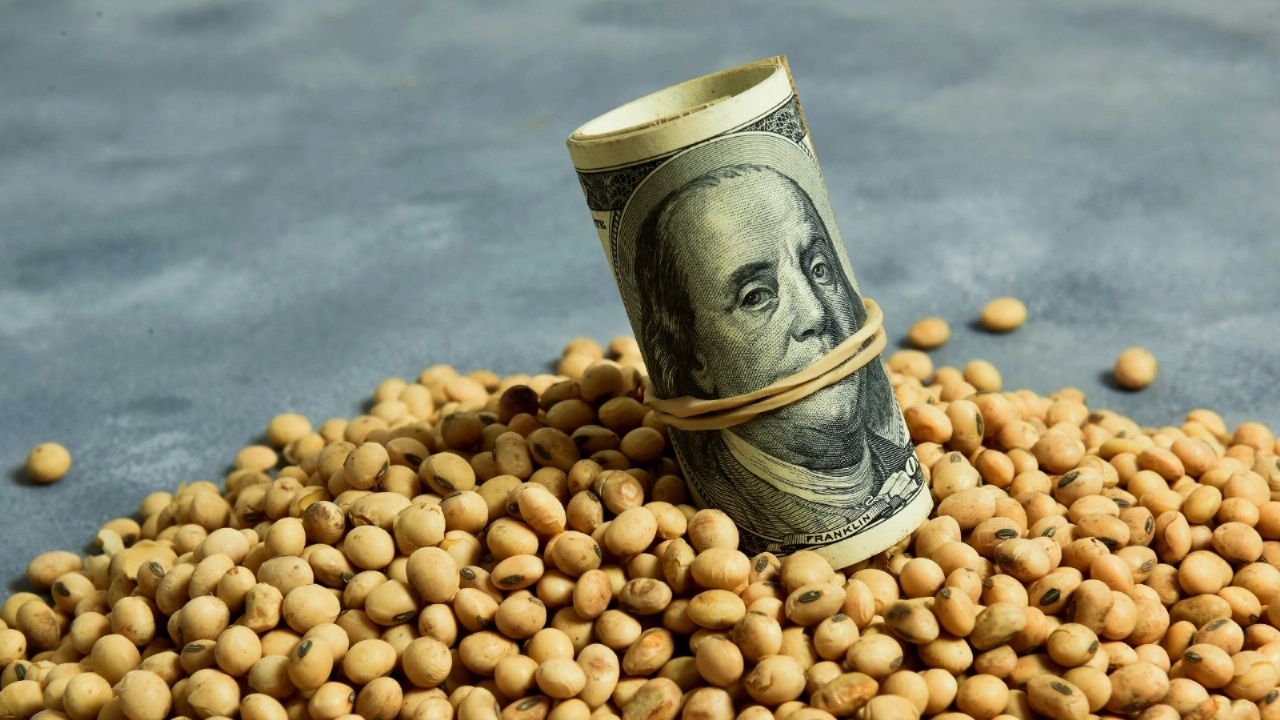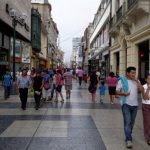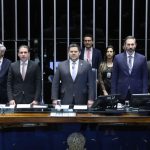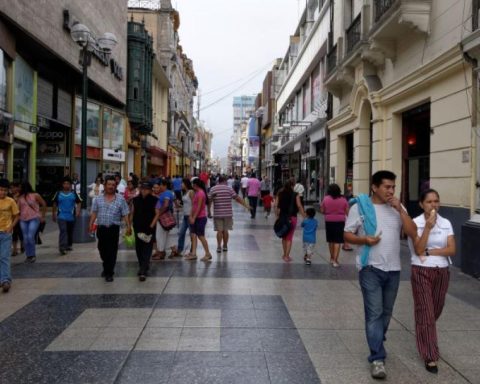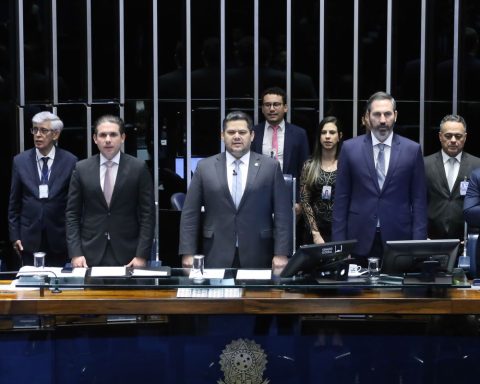From the national government, specifically the Ministry of Economy, preceded by Sergio Massa, the new edition of the soybean dollar simply called soybean dollar II. This will take effect from next Monday until December 31 inclusive.
The new Program It has three main missions. The first is promotion financing for regional economies, removing withholdings to, according to Minister Massa, make them more competitive with respect to exports. The second goal of soybean dollar II is to obtain subsidies to the poultry, bovine, dairy and pork value chains to increase production.
Finally, it is intended with the measure of the soybean dollar II produce a fund to maintain the value of the social allowances provided by the National Social Security Administration (ANSeS). Massa also mentioned that a feature of the incentive program is that it will manage to strengthen the reserves of the Central Bank of the Argentine Republic (BCRA).
He also mentioned that the export promotion program for the agro-industrial sector “allows for the generation of a higher level of activity in the agricultural and agro-industrial sector, and also the increased collection that this generates for the State must be used virtuously to try to meet the asymmetries or difficulties that the program may generate in the domestic market”.

The minister explained about the measure applied to soybeans that “we do it with the conviction that we have to achieve, by December 30, break the record for Argentine exports in what is the agro-industrial complex, understanding that Argentina is part of the agenda of food security, just like the debate and the fight for proteins at a global level is one of the great fights”.
The new exchange rate
The program soybean dollar II will have an exchange rate of 230 pesos per dollar to encourage producers to export their maximum at a preferential rate. The Government already provides for a minimum floor that will be reached with at least 3,000 million dollars from Monday to December 31 of this year.

Official sources assured that “the objective is to break the record of exports of the historical agro-industrial complex, in order to put it on the table in the debate on the global food security agenda that is discussed in the G20”.
